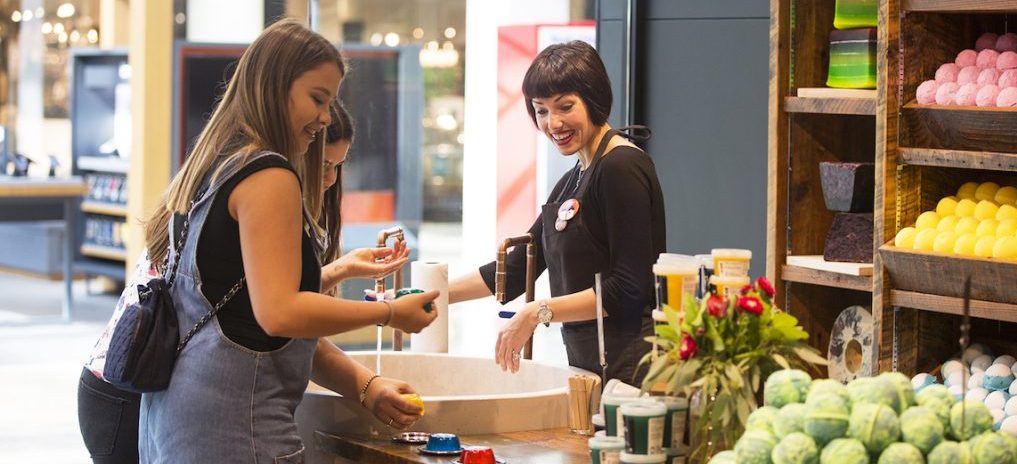Over two years into the pandemic, beauty brands are continuing to ramp up their DTC sites and omnichannel capabilities, according to a new report.
After investing more in their DTC site capabilities when the pandemic hit, brands are increasing their adoption of site features like buy-online, pick-up in-store, guided selling tools and search sophistication, according to the Omnichannel Retail Index 2022 report released this month by e-commerce tech company OSF. The report studied the DTC sites of a range of brands and retailers across categories including Lush Cosmetics, Ulta Beauty, Sephora, Clinique and Kiehl’s.
Currently, 84% of brands across categories offer BOPIS on their DTC sites, a number that has “increased significantly” and become “table stakes” because of the pandemic, according to the report. This is a dramatic increase in just a few years. In 2016, only 33% of companies had this option.
Lush Cosmetics, for example, offers BOPIS on its checkout page. Customers can order same-day delivery via Doordash directly through the brand’s DTC checkout. The feature has become a staple on brand sites.
“Meeting the customer where and how they want to shop has always been a focus at Lush. We offered consumers the choice to buy-online and pick-up in-store before Covid, and it has certainly become a cornerstone feature as consumers love the convenience of finding and purchasing what they need online and picking up when it fits their schedule,” said Wendy Kubota, Lush Cosmetics North America brand director.
Curbside pickup adoption, which skyrocketed during the pandemic, is now offered by 62% of brands and retailers studied. In addition, 96% of brands allow shoppers to return items in-store. Inside physical stores, 46% of brands and retailers now have a dedicated area for picking up online orders.
Overall, beauty has been slower to pick up on omnichannel capabilities than some other retail categories. According to the report, beauty ranked No. 8 out of 14 for overall best practices adoption, with an overall score of 60%. Office and electronics was the top-performing category, with 70%, while department stores was second, at 66%.
Ad position: web_incontent_pos1
But some omnichannel features have not found widespread adoption among beauty brands yet. The ability to combine store pickup and ship-to-home items in the same order is available on 29% of the beauty sites studied. This is lower than other categories; among all brands studied across the report, 57% offer this option. Search by nearby physical in-store inventory is also only available for 29% of beauty companies.
“Even before the pandemic, shoppers expected retailers to offer BOPIS, and today, that’s even more so. But offering BOPIS should not just be about the transaction, but [rather about] the entire experience: how you communicate, offer customer service and upsell, in order to delight the customer and earn their loyalty to the brand,” said Gerard Szatvanyi, CEO of OSF.
With 53% of American adults saying they feel comfortable going into brick-and-mortar stores in 2022, brands are ramping up mobile omnichannel capabilities, including offering the option to locate the nearest store and view inventory via mobile.
“Although omnichannel capabilities like inventory visibility and endless aisle still do not have high adoption, customers are still seeking and expecting these features,” said Szatvanyi.


